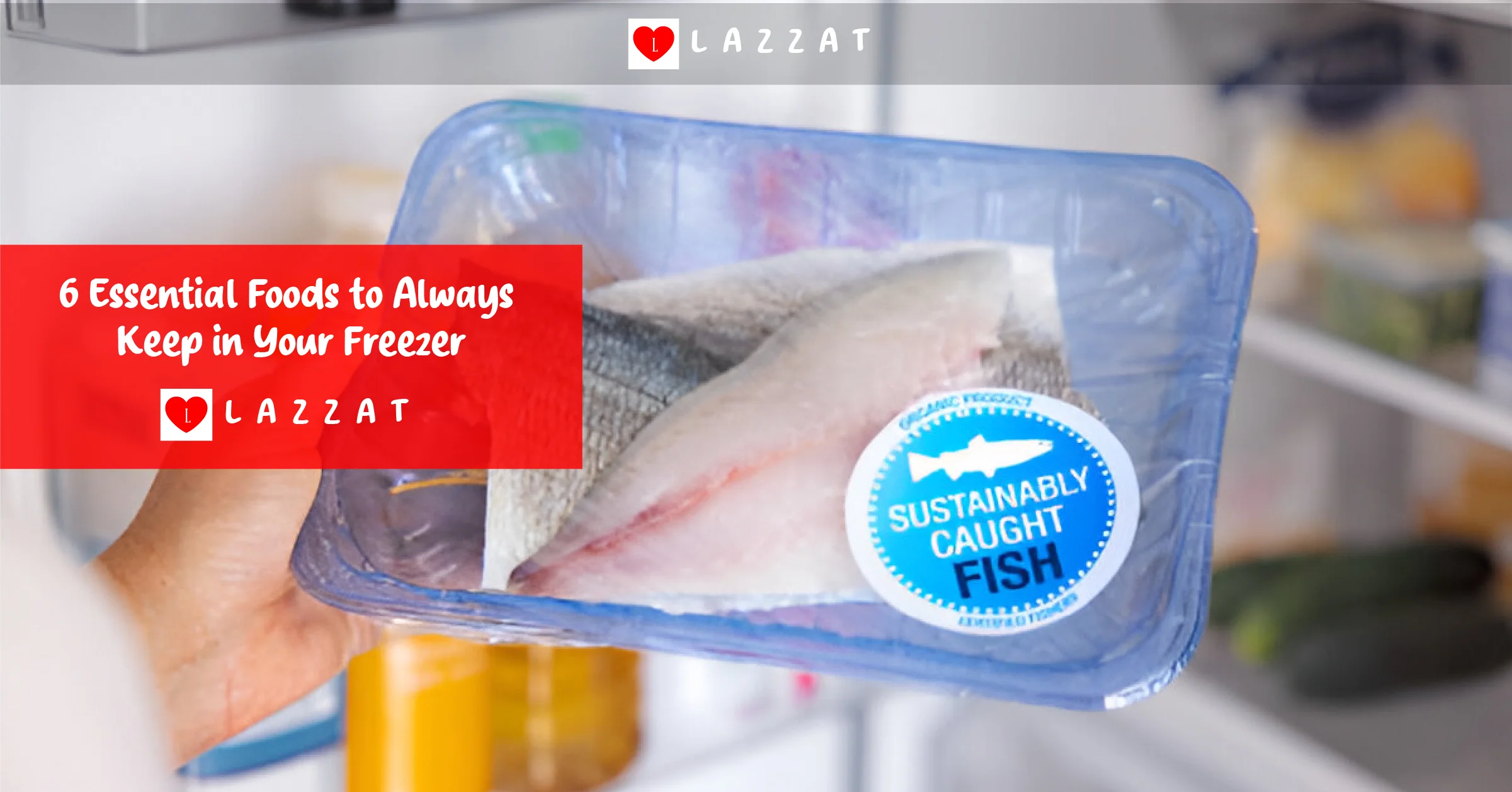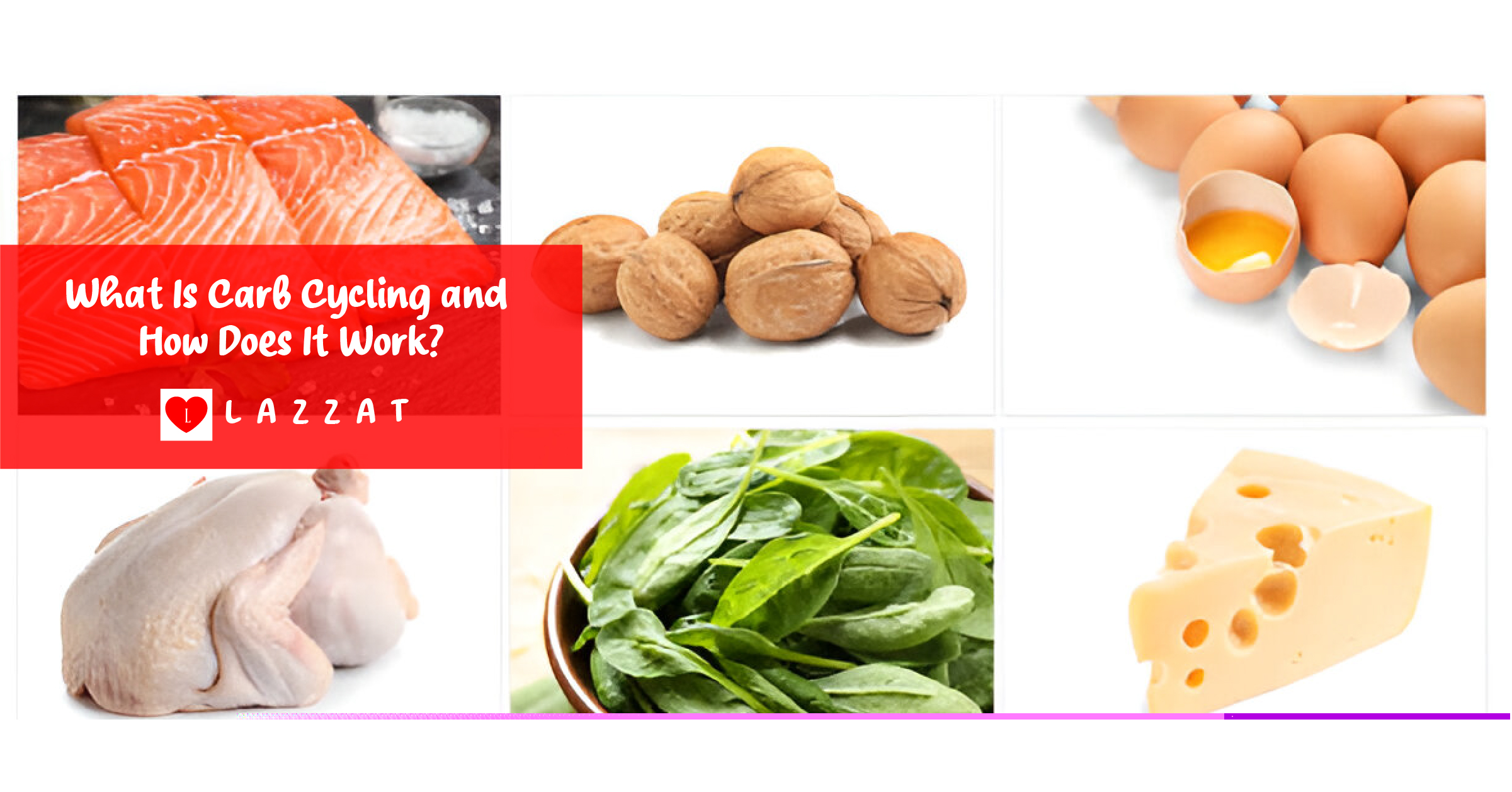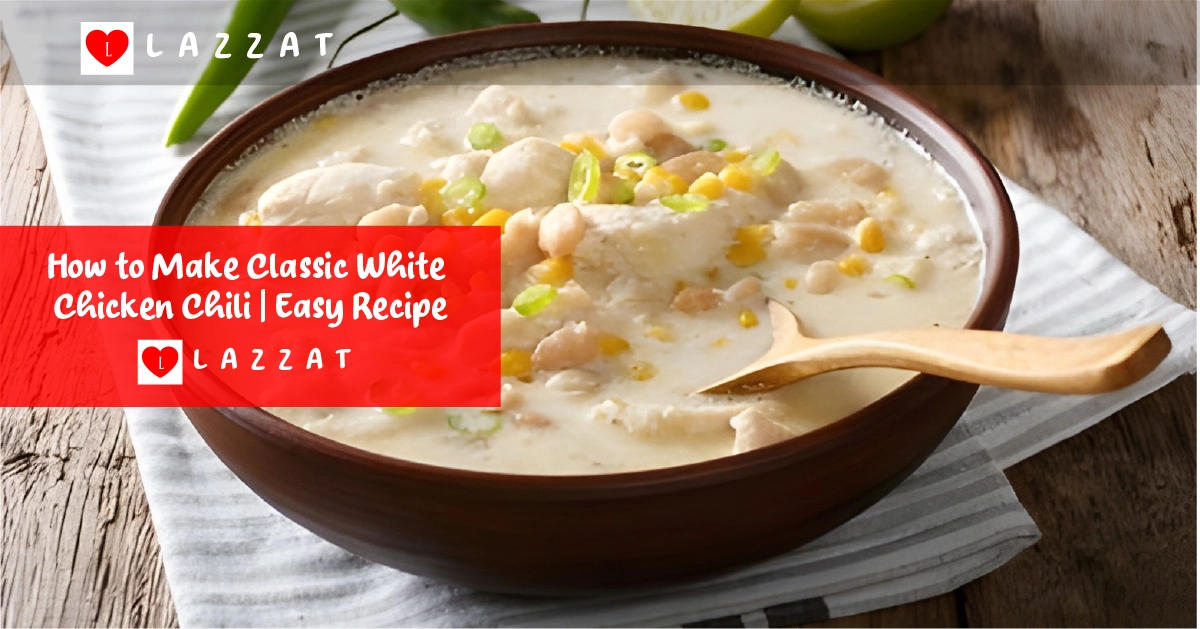Ever thought about how to cook vegetables without losing nutrients? The way you cook can greatly affect the nutrients in your food. Learning how to preserve these nutrients is crucial for healthier me...
Home / Vegetables
Browsing Tag: Vegetables
Featured Posts
6 Essential Foods to Always Keep in Your Freezer
Apr 07, 2025What Is Carb Cycling and How Does It Work?
Apr 05, 2025Delicious & Low-Calorie Recipes for Your Diet
Mar 29, 2025Category List
- Latest
- Popular






